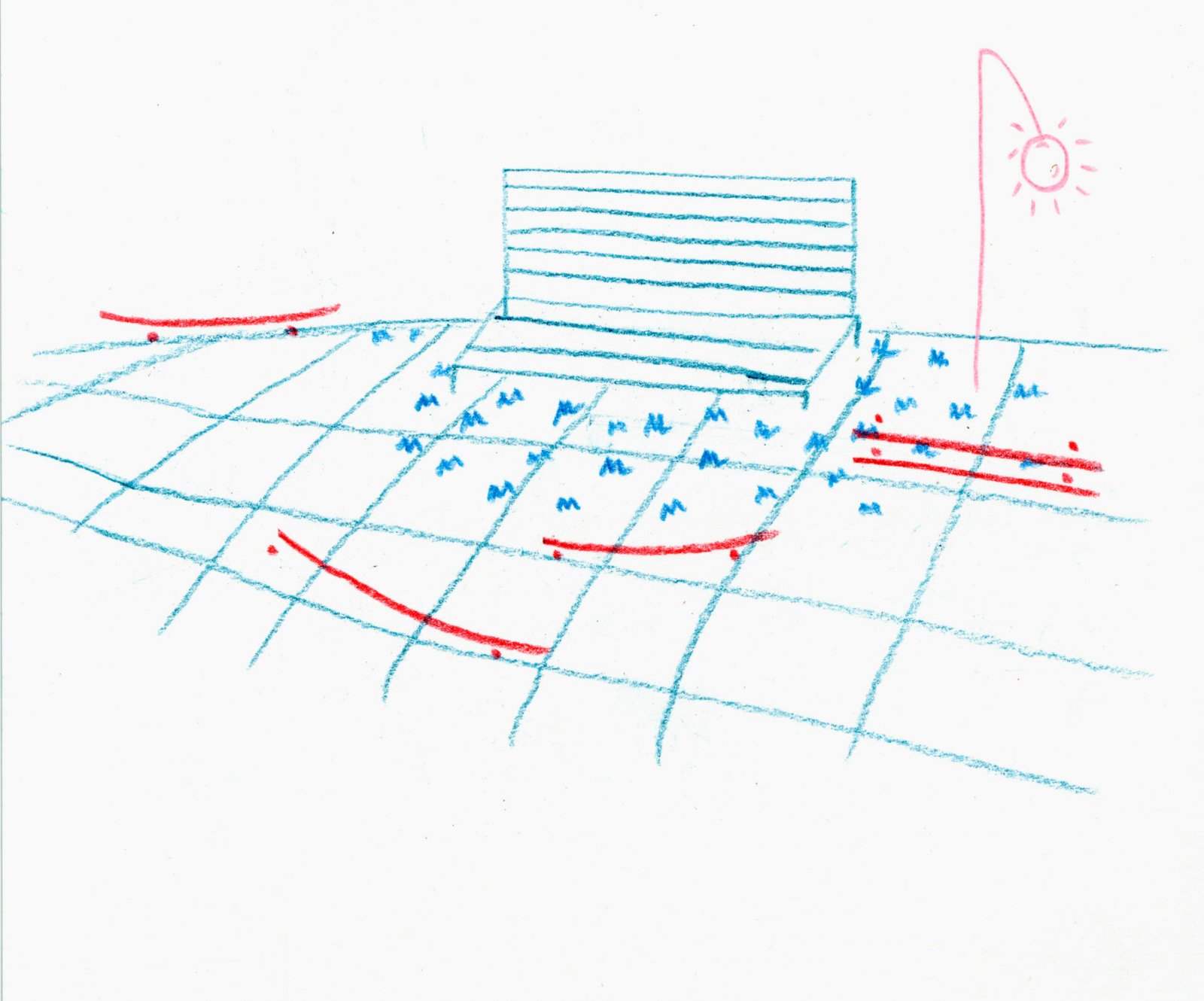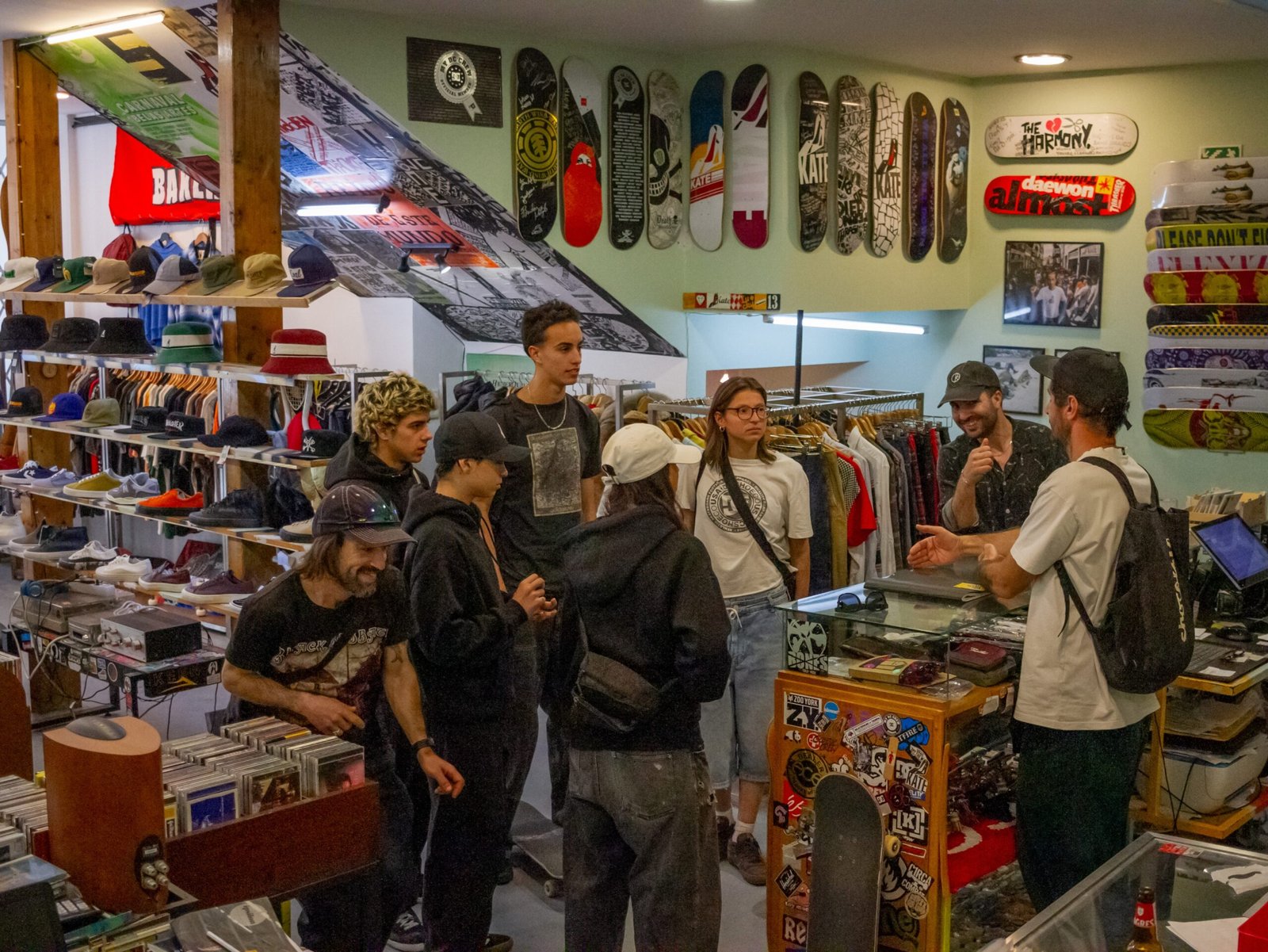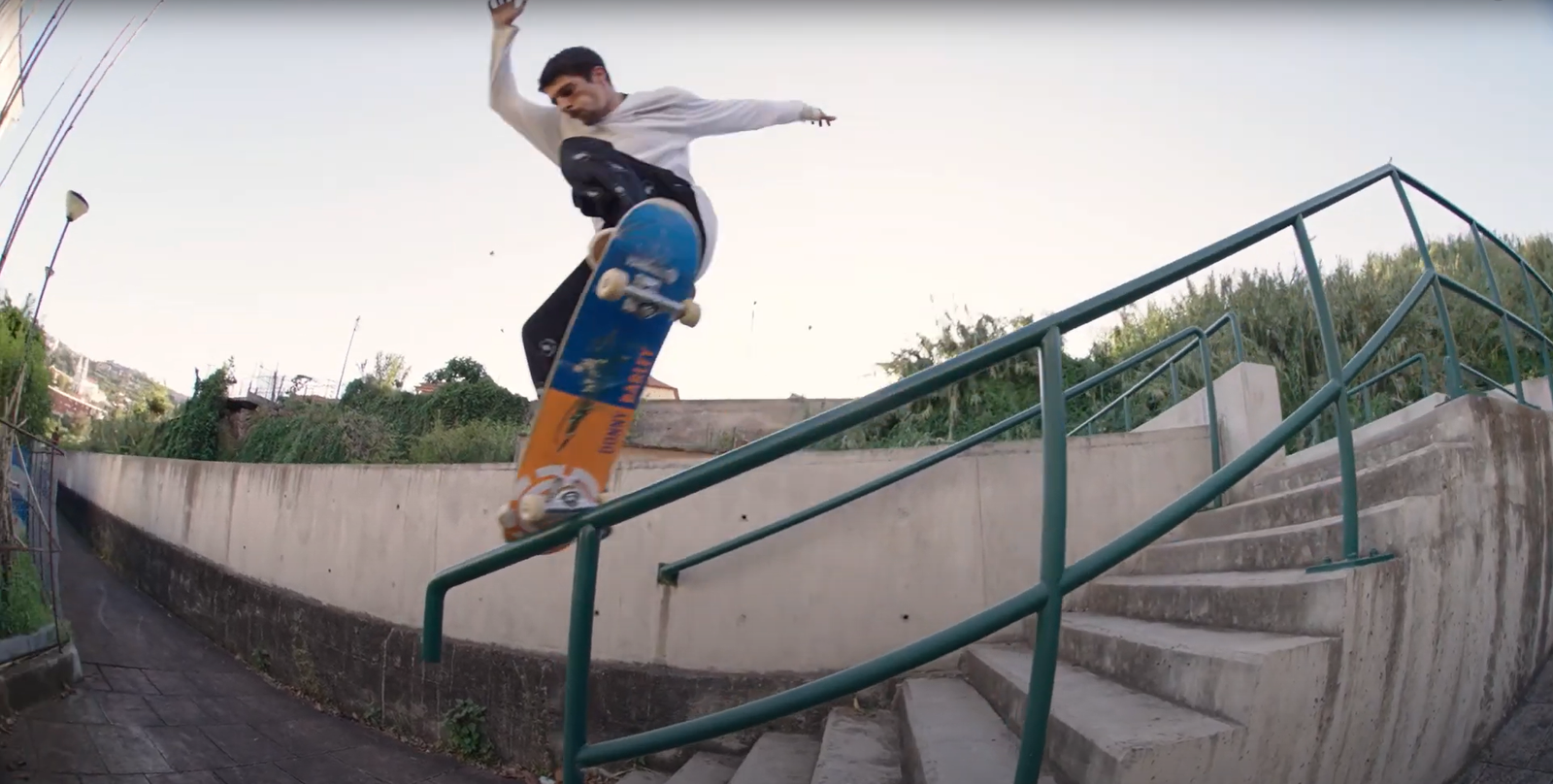Part 2
Will Skateboarding Ever Be 100% Accepted?
Between Rebellion and Acceptance
This text is part two of the article “Will Skateboarding Ever Be 100% Accepted?”, written by Luís Guedes.
After delving into the history, countercultural roots and daily conflicts between skateboarding and public space, we realized that the topic could not stop there. There are more layers to be explored, more examples to be exposed and more provocations to be made. The fight for acceptance, if this fight makes sense, continues to unfold every day on the streets, in city halls, in conversations between skateboarders and even within the culture itself. This second part follows this line: with eyes wide open and without asking permission.


Skateboarding emerged from surfing in the 1960s in the United States and is contemporary with the “Counterculture” movement, which was characterized by its style of mobilization and social protest. Led by young people, it innovated styles and became more antisocial in the eyes of more conservative families, with a more socially liberal spirit.Although they are not directly related, the counterculture movement and skateboarding share characteristics such as being an underground and alternative and/or marginal culture, which resulted in transformations in consciousness, values and behavior, in the search for other spaces and new channels of expression for the individual and small realities of everyday life.It is important to clarify that, in the case of skateboarding, these characteristics are inherent to its culture and are not consciously applied to the social context. Skaters do it because they think they should and not because they necessarily want to go against it, and they accept this as a characteristic. As Valter described: “(…) Doing something that is seen differently (…) is actually cool. It shows that you are not like that. (…)”.Also mentioned about how much respect skateboarding should be, maybe we are looking for respect from and for the wrong people. The first time a skateboarding photo was published in a magazine not dedicated to our culture was by Patti McGee, in 1965, in Life Magazine, and one of the first skateboarding pro-models was also a woman, Linda Benson, for a brand called Hansen Surfboards, in 1964. But let’s think that, after 60 years, in 2025, women still have to demand and fight for their place.

If we think about the kind of people who shout at us “skateboarding is bad”, for someone like that, everything will be bad if it involves freedom and the right to generalized access for everyone. As mentioned by Ruben Carlos, “(…) street skateboarding is a spontaneous, creative and free form of leisure”, which may bother those who think that everything should be regulated and monetized. (…) With the growing lack of public investment, our practice as a “weapon” against these ideas has never been so important, because we are the greatest non-verbal critics of public spaces. We use and expose the lack of care for urban space, because cheaper and poor quality materials deteriorate more easily, and nothing pushes these materials to the limit more than unconventional urban practices. As mentioned by Emanuel Silva, “Skateboarding wears out your cleats, it makes noise, and there are always people who don’t like it.” Perhaps we need to show, as mentioned by João Gomes, that the anger is in the wrong direction. Skateboarders are actors in the space like any other pedestrian, and it is not skateboarders who make decisions about public space. Most of the time, it is not even skateboarders who make decisions about the space that the common citizen wants to confine us to, aka skatepark.If we want to fight this battle, even examples such as the Bordeaux and Malmo councils, which take skateboarders into account as users of public spaces, show that this initiative did not come from the council, but rather from an effort in a fight that could take years by local skaters. The same happened with the recognition and preservation of spaces in particular, such as the Southbank in London and the Gerações skatepark in São João do Estoril.Ending as I began, Valter Sousa comments that he sees skateboarding as art. Google tells us that the definition of art is “the conscious production of works, forms or objects aimed at achieving an ideal of beauty and harmony or at expressing human subjectivity.”While I personally have a hard time agreeing that skateboarding is art, I can see that there are many common characteristics. It is an expression of subjective creativity and, as a counterculture, it is also subversive, meaning that it disrupts the established order. And that only happens if there is something to disrupt.







